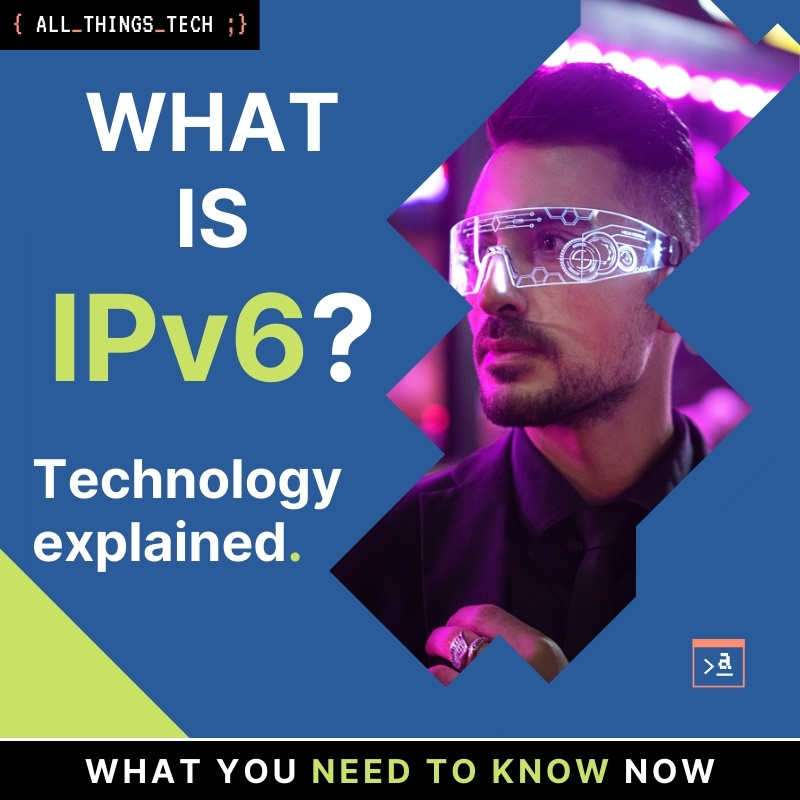
| Course Index |
|---|
| Part 1 – Introduction: What is IPv6 |
| Part 2 – IPv6 Addressing & Subnetting |
| Part 3 – IPv6 Headers & Header Extensions |
| Part 4 – ICMPv6 & IPv6 Neighborships |
| Part 5 – IPv6 Configuration, EUI-64, SLAAC & Dual Stack |
| Part 6 – IPv6 DHCP (DHCPv6) |
| Part 7 – IPv6 on Windows |
| Part 8 – IPv6 on Linux |
| Part 9 – IPv6 on Mac |
| Part 10 – IPv6 DNS, Monitoring & Address Management |
| Part 11 – IPv6 Routing |
| Part 12 – IPv6 Security & Tunneling |
| Part 13 – IPv6 Internet Connection & Address Planning |
What is IPv6?
IPv6 is the current version of the Internet Protocol (IP). IP is used for communication between machines in nearly all networks (LANs) and the Internet today. Its predecessor was IPv4 but we will not be turning off IPv4 just now, as both technologies will be running side-by-side on the Internet for years to come. With a market share of more than 30% of global Internet traffic as of January 2020, it means if you have not enabled IPv6 for your network or services, you are running late and should do so right now.
if you have not enabled IPv6 for your network or services, you are running late and should do so right now!
Watch my Introduction to IPv6 Video
Or continue reading below.
Why do we need IPv6?
IPv4 was created in the early 1970s. At the time, the high number of devices on the Internet was not foreseen by the Engineers who invented the Internet
IPv4 addresses have 32 bits, so there are theoretically 4.294.967.296 available addresses . In reality, much less are actually usable (no class D & E).
IPv4 addresses are exhausted as of today, all available addresses have been assigned, but the need for additional addresses continually increases .
In the early days of the Internet, big blocks of public IPv4 addresses were allocated to large corporations, like whole /8s to a single company, because there was no classless IP addressing and no private IP address ranges yet. I will describe what this means in the following paragraphs.
Less than 221 /8s are available in total for IPv4 (class A-C, not counting 0/8, 10/8, 127/8).
About Classful IP Addressing
Classful IP addressing was used from 1981 until 1993 . Addresses were separated into 5 classes (A, B, C, D, E) . The network mask was fixed per class and could not be changed.
The classful networks were:
| Class | Size of Network Number in Bit Field | Size of Rest Bit Field | Number of Networks | Number of Addresses per Network | Start Address | End Address |
|---|---|---|---|---|---|---|
|
Class A | 8 | 24 | 128 | 16,777,216 | 0.0.0.0 | 127.255.255.255 |
|
Class B | 16 | 16 | 16,384 | 65,536 | 128.0.0.0 | 191.255.255.255 |
|
Class C | 24 | 8 | 2,097,152 | 256 | 192.0.0.0 | 223.255.255.255 |
|
Class D (Multicast) | not defined | not defined | not defined | not defined | 224.0.0.0 | 239.255.255.255 |
|
Class E (reserved) | not defined | not defined | not defined | not defined | 240.0.0.0 | 255.255.255.255 |
Classless IP Addressing
Classless IP addressing was introduced in 1993 (RFC1518 and RFC1519) .
Fixed classes were abandoned. A new classless address notation contains a “prefix” and a “host identifier” . The new technology was called Classless Inter-Domain Routing, in short: CIDR.
A typical CIDR notation is for example: 172.23.5.0/24 - the prefix length is supplied after the slash.
The IPv4 classless networks are:
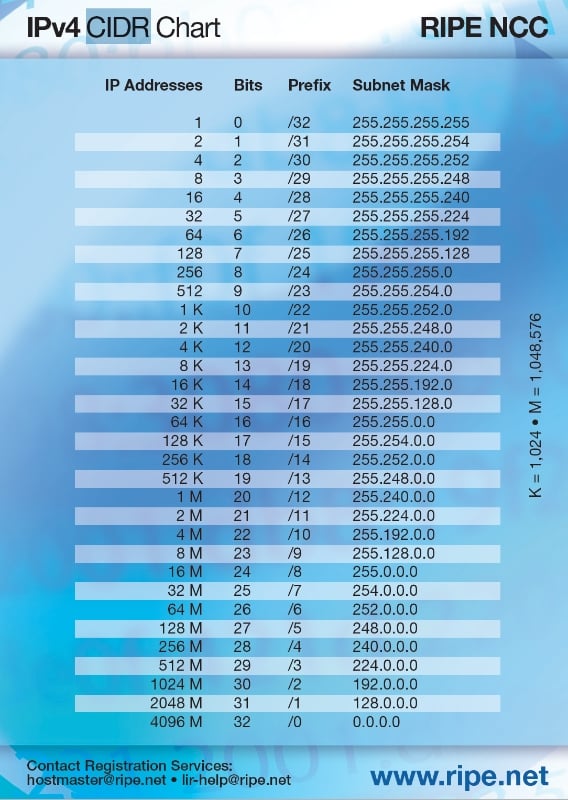
Since the early 1990s it was clear, that IP addresses will not be enough.
Two steps were taken to resolve the issue:
1993: change from “classful” to “classless” (CIDR) addressing (RFC1518, RFC1519)
1995: first IPv6 Draft RFC1883
1996: allocation of private IP ranges that can overlap in multiple networks: (10.0.0.0/8, 172.16.0.0/12, 192.168.0.0/16 according to RFC1918, “Address Allocation for Private Internets”) . Until then, no private ranges were available, so every host on a network, private and public, had to be assigned an official, public IP address. What a waste!
Still, the Internet grew so much more that these steps were not enough.
So finally, the next generation of the Internet Protocol had to be definied:
1998: IPv6 (RFC2460)
2017: IPv6 (Newest) RFC8200
When will IPv6 be here?
IPv6 is not coming, it is already here! The protocol is nearly 20 years old and was definied back in 1998 in RFC2460, “Internet Protocol, Version 6 (IPv6)” and has been regularly updated ever since up to the currently newest definition of RFC8200 from 2017.
In the following years since 1998 the IPv6 Internet grew only slowly, but steadily.
Most providers and companies were still a bit afraid, that enabling IPv6 for their services would break customer-facing applications and services, so they were mostly waiting for everybody else to enable IPv6 first and fix the issues that might arise from it.
Finally, Industry giants Facebook, Google, Yahoo, Akamai Technologies, and Limelight Networks decided to have a World IPv6 Day on 2011/06/08 and enable the new protocol from 00:00 on this day until 23:59 to see the effects and finally gather real world data. The event was a major success, so a new date was set:
World IPv6 Launch Day on 2012/06/06
The goal of this day was to finally enable IPv6 and keep it running for good.
Since then, more and more networks including all major Internet brands and key players are IPv6-enabled.

How do I get my IPv6 addresses?
Addresses on the Internet are assigned top to bottom with the following authority:

The total amount of IP addresses is divided in different pools for the different regions of Regional Internet Registries (RIRs) and then can be requested and assigned to Local Internet Registries (LIRs) – the providers.
How to get IPv6 addresses is a subject that is out of scope for this IPv6 couse. I have covered it in my German Post Wie erhält man IPv6 Adressen. An english version of the post will be made publicly available in the near future.
Here is an overview of the Regional Internet Registry (RIR) authority for all IP address assignments:
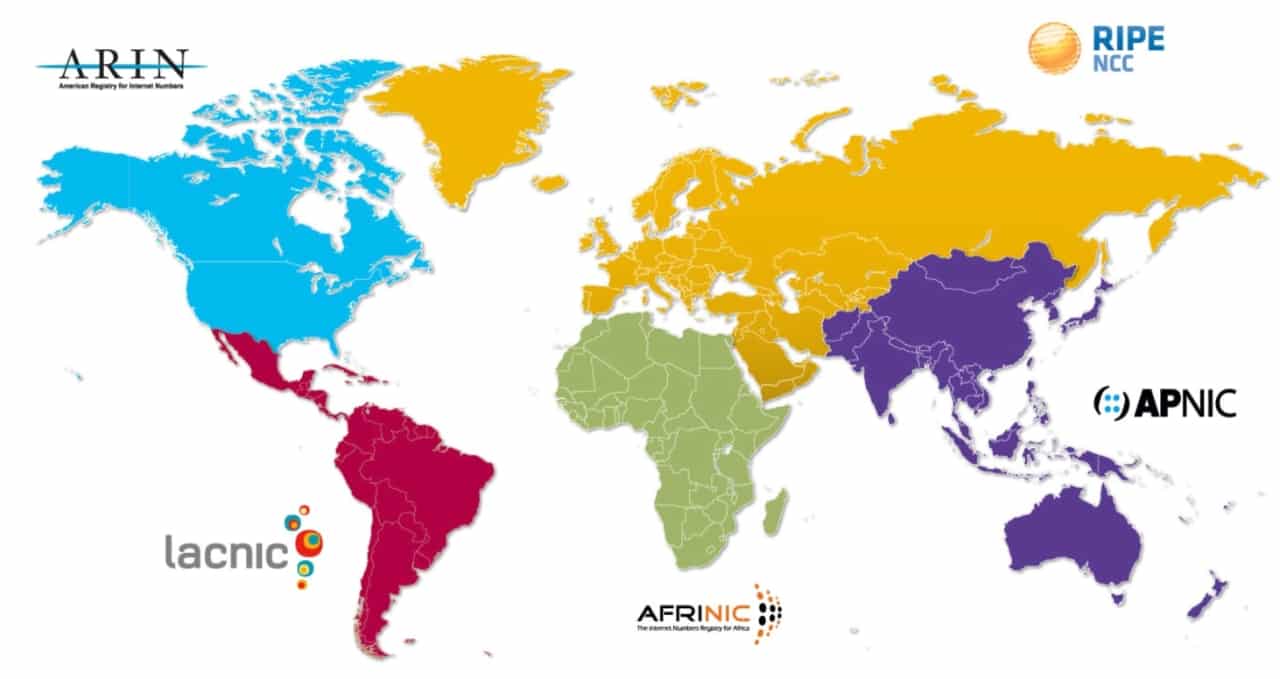
Today in October 2022, we have surpassed 40% of global IPv6 adoption, which means that more than 40% of the clients on the Internet are not only IPv6 enabled but use IPv6 to surf the Internet.
Here are some very interesting statistics on IPv6 adoption according to Google:
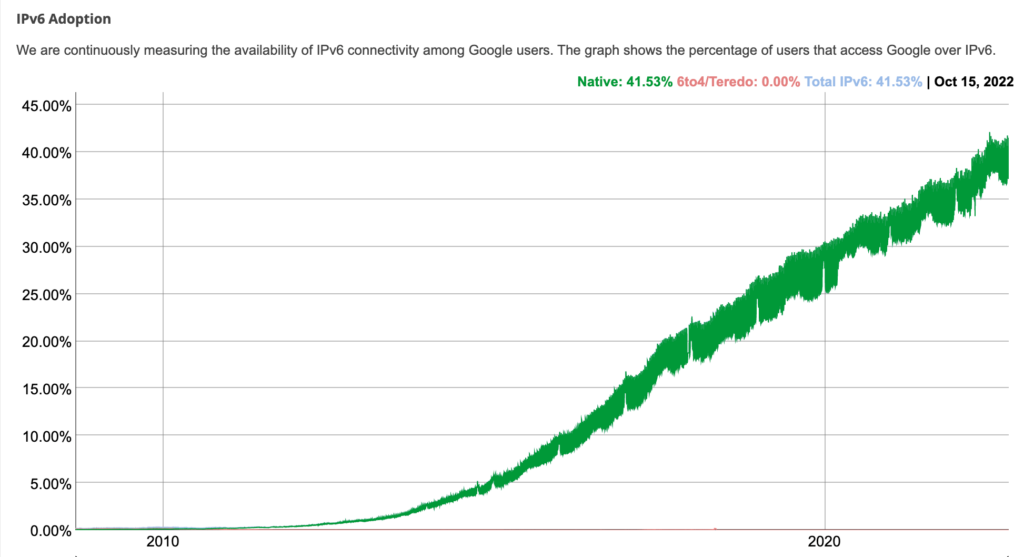
As you have learned before, IPv4 addresses are exhausted, so IPv6 adoption will rise much more, since the amount of devices connected to the Internet will increase with technologies like 5G, Internet of Things (IoT), Connected Car and many more.
Statistics on IPv4 depletion according to Potaroo in /8s:
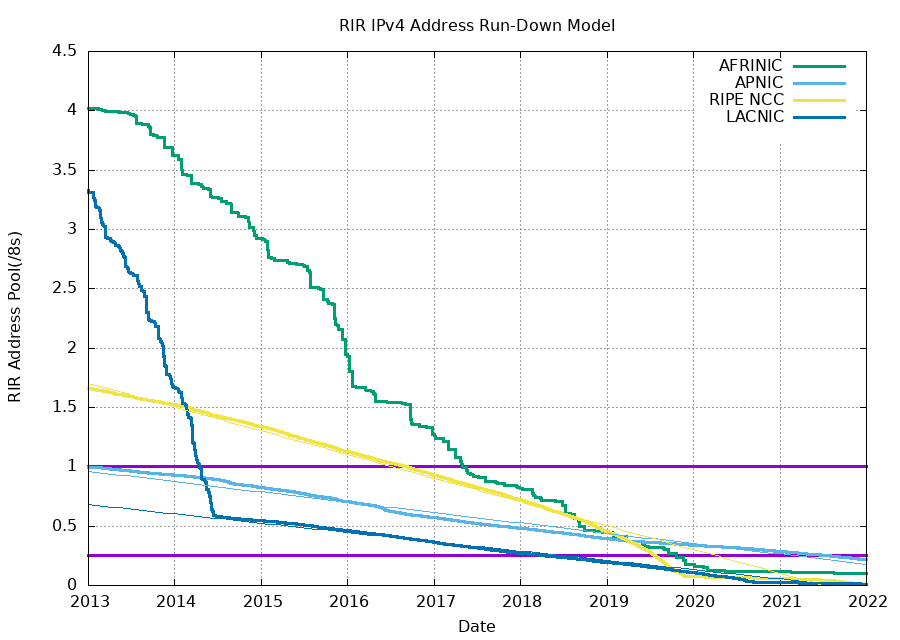
Recommended Resources for additional reading
Apart from the links throughout this course I recommend the following resources for additional information:
- The Internet Society (ISOC) IPv6 Portal
- Test your IPv6 connectivity on test-ipv6.com
- The official IANA list of assigned IPv6 address space is very interesting
- The Google IPv6 deployment statistics
- The RIPE NCC IPv6 working group and mailing list
I can recommend the following 3 books which I enjoyed reading:
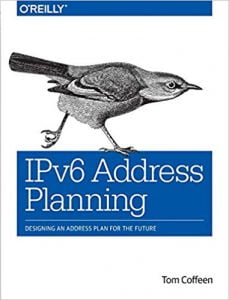
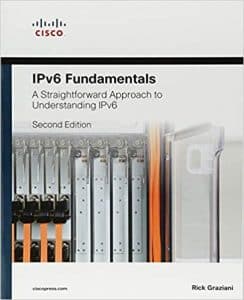
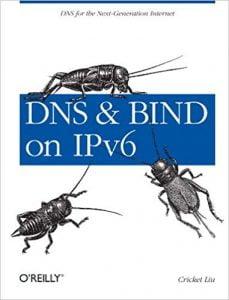
Back to IPv6 Foundation Course Index
Next Part: IPv6 Foundations Part 2 – IPv6 Addressing & Subnetting

